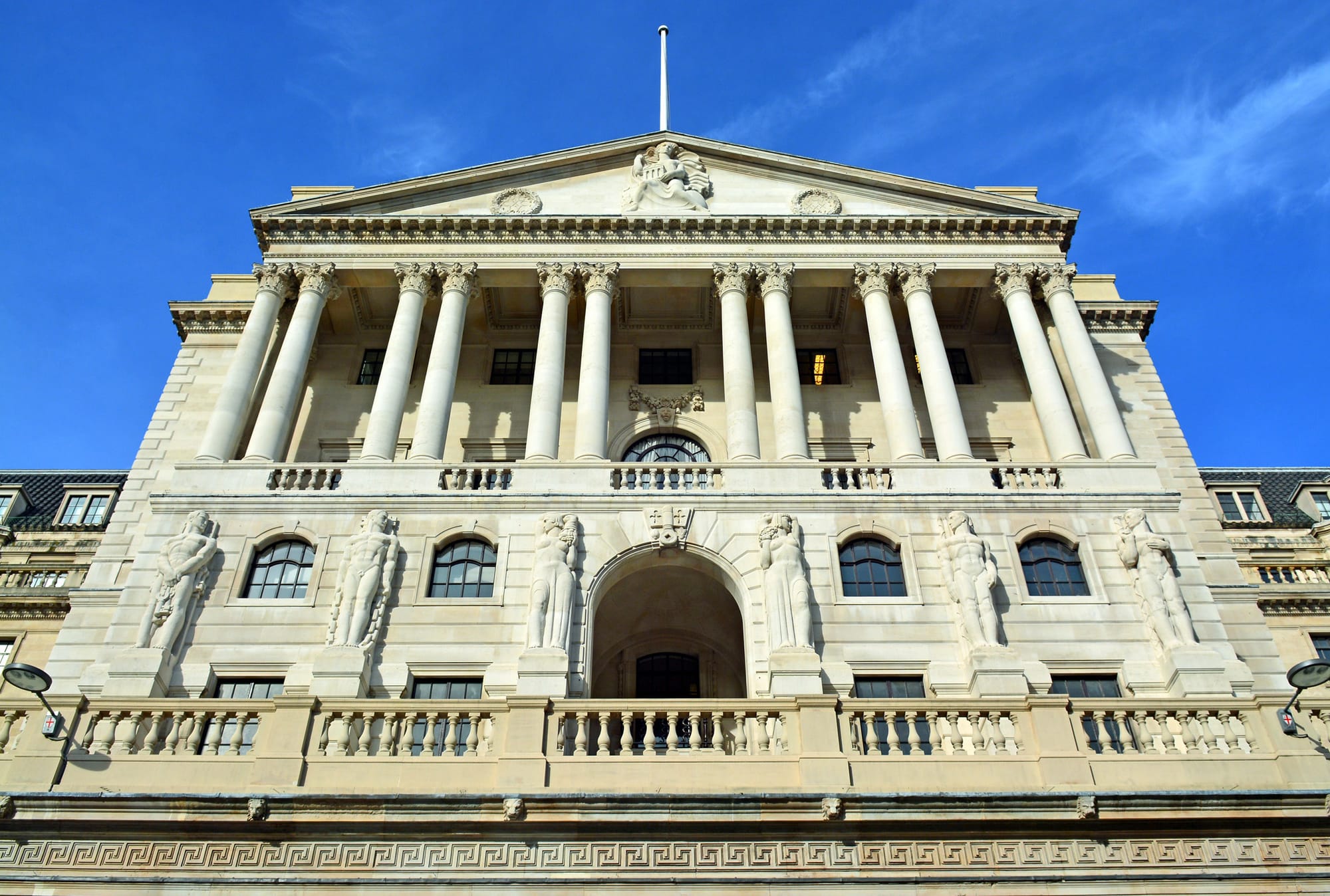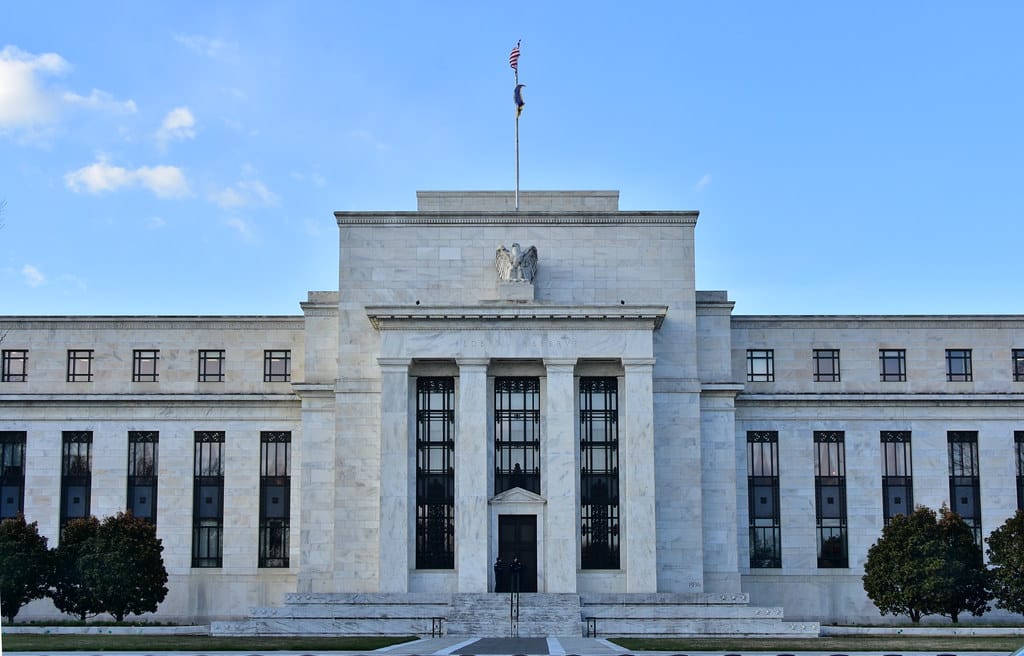Diverging Paths for the Bank of England and the Federal Reserve
The Bank of England holds rates steady while the Federal Reserve cuts rates, impacting bond and currency markets.
September 18th marked a dramatic move by the Federal Reserve (Fed) to cut interest rates by 50 basis points, which contrasted sharply with the Bank of England’s (BoE) decision the following day to keep rates steady. The difference in central bank policy has created divergent economic outlooks between the U.S. and the U.K. in the currency and bond markets. However, to understand why this gap has occurred requires an overview of some key financial terms. Interest rates represent the cost at which banks lend to one another and significantly impact the economy. Lower rates stimulate the economy by encouraging borrowing and spending, which can increase the money supply. Alternatively, in periods of high inflation, where there is too much money in the system chasing too few goods and services, higher interest rates are used to decrease the money supply, thereby decreasing inflation.

Currently, the inflation rate in the U.K. is at 2.2% while the inflation rate in the U.S. is at 2.5%. It is worth noting, though, that the decision to raise, decrease, or hold steady interest rates depends on other factors like employment and growth. However, beginning in early 2022, bringing down inflation was made the key concern for both countries’ central banks, which have been in a cycle of raising interest rates and holding them steady.

Bonds are significantly influenced by a country’s interest rate. A bond is a loan that governments offer to investors, and in return for buying government debt, investors receive interest payments. The yield on these bonds refers to the return an investor expects to receive each year until the bond’s maturity and can change as interest rates move around. Generally, as interest rates decline, the prices of existing bonds increase, and their yield decreases. The price of a bond and its yield are inversely proportional. As an example, in the U.S., if the interest rate is at 5% and then decreases to 4%, existing bonds with the 5% interest rate become more attractive to investors. This causes the price of these bonds to increase; however, the return on the bond (the yield) decreases because the fixed interest payments are now a smaller percentage of the higher bond price.
With the Fed’s decision to cut interest rates, the yield on U.K. gilts (bonds) has overtaken U.S. bonds. In a recent episode of the Odd Lots podcast, Dan Ivascyn, Chief Investment Officer of Pimco – which manages $2 trillion in assets and has significant exposure to bonds – stated, “The U.S. is not the only game in town anymore... [The UK bond market] out-yields the United States.” On the day of the BoE announcement, two-year gilt yields increased by 0.03 percentage points. Likewise, the pound rose 0.3 percentage points.
These higher yields on gilts are contributing to a stronger pound as investors pile into pounds. Although, other factors also drive the currency market, such as expectations of future interest rate policy, market sentiment, and geopolitical factors. This drives up demand and increases the pound’s value on the foreign exchange markets. As a result, the pound is now at its strongest level relative to the U.S. dollar since 2022, which could cause a range of economic consequences, from foreign investment to better deals for U.K. consumers.
As the pound becomes more expensive relative to the U.S. dollar, exports from the U.K. would become less competitive. However, a rising pound gives U.K.-based consumers increased buying power for imports. Ultimately, the BoE is likely to begin cutting rates, as signalled in the latest meeting, if inflation continues to trend downward. In the meantime, investors might consider purchasing gilts to lock in higher rates. Additionally, the pound-flush U.K. resident could take advantage of the favourable spread by planning an overseas vacation. I hear the U.S. is quite lovely this time of year.









